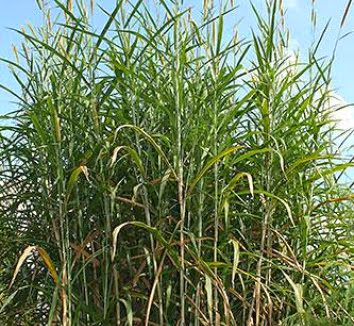 |
| What is Peyote? |
The Peyote - Lophophora williamsii, is a small, generally spineless cacti that is found primarily in the Chihuahuan desert of Mexico. They grow low to the ground and often form groups with numerous, crowded stems. Its common name comes from the Nahuatl language (known informally as modern Aztec) ' peyōtl', and is said to mean glisten or glistening.
 |
| What is peyote? |
Some Native American tribes use Peyote for its curative properties, notably for treating such ailments as toothache, pain in childbirth, fever, breast pain, skin diseases, rheumatism, diabetes, colds, and blindness.
The stems contain are generally chewed, or boiled in water to produce a psychoactive tea.
Sadly the stems are extremely slow growing reaching only 2 cm in 4 years in the wild! Cultivated plants will grow perhaps twice as fast but even so will still need to be approximately 10 cm wide before they are worth harvesting.
How to prepare Peyote
 |
| Prepared, dried peyote material |
Remove any spines and wash thoroughly in clean water. Peel back the skin and cut slices around the core, but do not remove the core as this part is discarded.
The sections can be chewed, or ground down and added to water. They can also be frozen or dried and taken at a later date.
For related articles click onto the following links:
HOW TO GROW THE BRAIN CACTUS
HOW TO GROW MAMMILLARIA FROM SEED
HOW TO GROW PEYOTE FROM SEEDS
HOW TO GROW PRIZE WINNING CACTUS
WHAT IS A BULB?









.jpg)


























